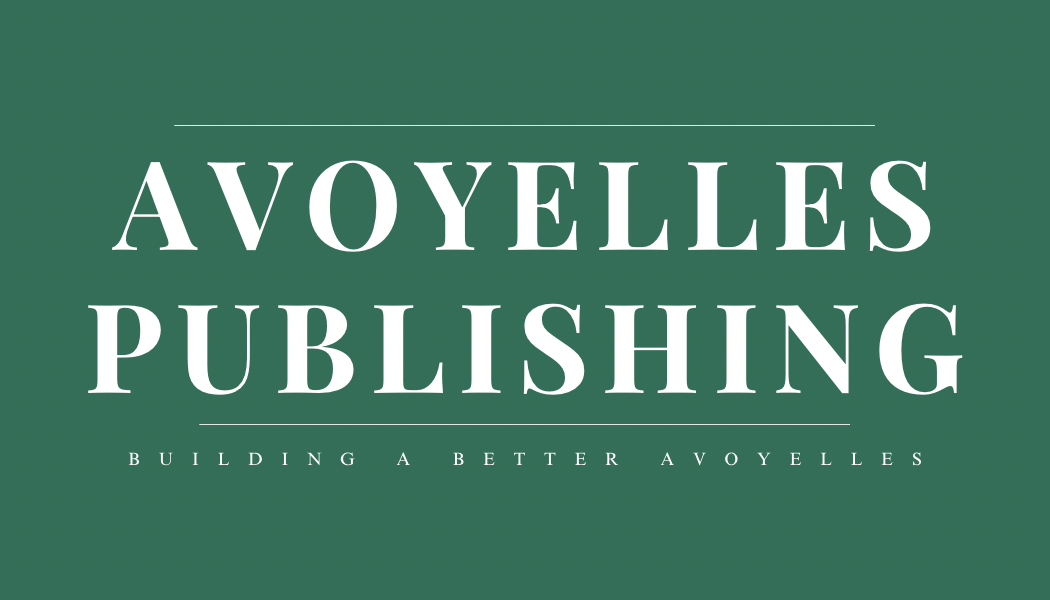🦋 Butterfly Gardens Bloom Across Parish to Support Monarchs

From a simple article
stating a not-so-simple fact, Carmel Dupuy of Cottonport took a giant step.
“I read that the monarch butterflies were becoming endangered,” she said.
“They drink the nectar from the flowers of the milkweed and reproduce on the plant.”
Unfortunately, the cause of the butterfly’s demise can be attributed to the very prevalent use of herbicides —
that kill weeds in the ditches and fields, but also the milkweed.
A Simple Solution: Plant Milkweed
There is a solution, Carmel read, just plant milkweed; so that’s what she did.
From one plant, milkweed can spread and spread,
which is very good for the monarchs but perhaps a reason the prolific milkweed gets herbicide treatment.
A tall, elegant plant with small bright blooms,
milkweed looks like it belongs in all our gardens.
Actually, it fits in well with Carmel’s beds surrounding her house and gives structure and height to low-growing plants.
But it’s more about how milkweed helps an important pollinator than making a flowerbed look better.
From One Plant to a Garden of Flight
“I started three years ago with one plant,” Carmel said.
Milkweed produces pods that dry, then open,
and white fluffy seeds get blown wherever the wind will take them.
“I used to have a landscaped and neat garden,” Carmel laughed.
Now the milkweed has spread throughout her flowerbeds but doesn’t really detract.
Not All Milkweed is Equal
“Not all milkweed is right for the monarchs,” Carmel emphasized.
“You need to find a nursery with plants that haven’t been sprayed. And you can get seeds online.”
The Life Cycle of a Monarch
“In the spring they come back from Mexico where they wintered,” Carmel explained.
“Usually in March or April they appear, and lay eggs on the milkweed.”
The egg is so small you have to know what you’re looking at.
Once Carmel showed me, I could see this little white dot the size of a corn grit.
From a
bit of a spot
comes a
teeny, tiny
caterpillar
that grows —
and as it does, feeds
on the leaves
of the milkweed.
The Dangers Monarchs Face
“At the caterpillar stage,” Carmel said,
“they’re in danger of predators like frogs, lizards, toads, ants, some birds and praying mantis.”
As the caterpillar grows and feasts on the milkweed leaves,
it can strip the plant.
When Carmel sees the caterpillar needs more leaves,
she’ll move the plant stem close to another plant so the caterpillar can move to a new cafeteria.
From Caterpillar to Butterfly
After about 17 days, when the caterpillar is full grown,
it sheds its skin —
which reveals a soft chrysalis.
It hardens and remains for eight days.
Carmel showed me where some caterpillars leave the flower bed
and attach themselves to places on her front porch
like the rocking chairs, shutters, and window frames.
Carmel’s Monarch Hospital
Carmel has become very dedicated to the monarchs
and when it’s the season, said she goes out during the day
to check the plants and see what stage the monarch is in.
“I don’t have to check them that often,” she said,
“but I like to.”
There’s the Mayo Clinic —
and then there’s Carmel’s very own monarch hospital,
where she takes the mature caterpillar to a special all-net enclosure.
There, the chrysalis is protected and can produce a magnificent monarch butterfly
that Carmel releases once she knows the wings are dry and it’s ready for the world.
“It’s fun to release them,” she remarked.
Over 100 Monarchs Released
To date, Carmel has released over 100 monarch butterflies
and is still seeing caterpillars — “but not as many.”
“I’ll miss them but it’s time. I’ve had all the excitement I can take for the season.”

Comments ()